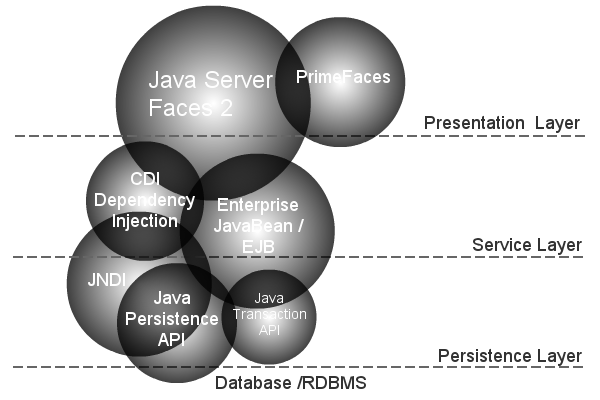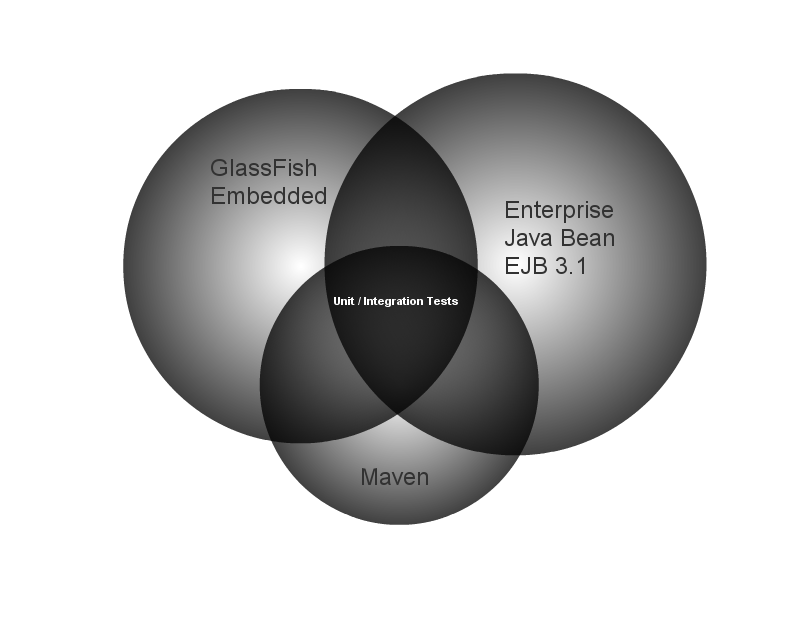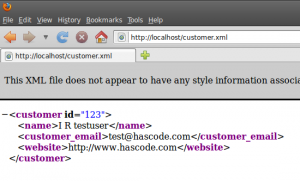Integrating Groovy in your Maven builds using GMaven
Often ant tasks are used in Maven builds but wouldn’t it be more attractive to integrate the Groovy language into our build process? GMaven is the answers to this problem and brings together Maven and Groovy. It allows us to execute Groovy scripts inline from our Maven configuration, from a local script or even from a remote location. In the following short examples I am going to show how to configure Maven to execute Groovy scripts from different locations. ...



